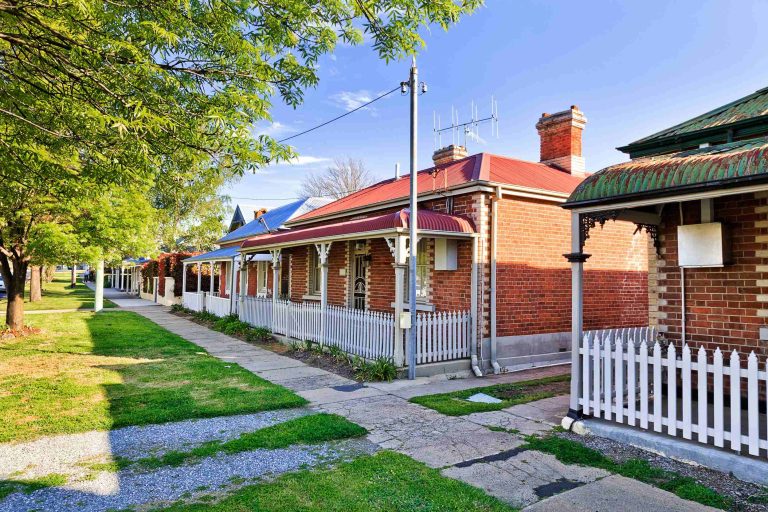Salt Lake City : A Comprehensive Guide to Utah’s Capital
Introduction
Salt Lake City, the capital of Utah, is a vibrant and dynamic city nestled in the heart of the American West. Known for its stunning natural beauty, rich history, and thriving cultural scene, Salt Lake City is a destination that offers something for everyone. Whether you’re an outdoor enthusiast, a history buff, or a foodie, this city has it all. This 2000-word article provides a comprehensive guide to Salt Lake City, covering its history, geography, economy, culture, attractions, and more. By the end of this article, you’ll have a deep understanding of what makes Salt Lake City such a unique and fascinating place.
History of Salt Lake City
Early Settlement
Salt Lake City was founded in 1847 by a group of Mormon pioneers led by Brigham Young. Seeking a place where they could practice their religion freely, the pioneers settled in the Salt Lake Valley, which was then part of Mexico. The city was originally named “Great Salt Lake City” after the nearby Great Salt Lake, and it quickly became the center of the Mormon faith.
Growth and Development
Throughout the 19th century, Salt Lake City grew rapidly as more settlers arrived in the area. The completion of the Transcontinental Railroad in 1869 further boosted the city’s growth, making it a major transportation hub in the West. By the early 20th century, Salt Lake City had become a thriving urban center with a diverse economy and a growing population.
Modern Era
Today, Salt Lake City is a modern metropolis with a population of over 200,000 people. It is the cultural, economic, and political center of Utah and continues to play a significant role in the region’s development. The city is also known for hosting the 2002 Winter Olympics, which brought international attention and spurred further growth and development.
Geography and Climate
Location and Topography
Salt Lake City is located in the northern part of Utah, in a valley surrounded by the Wasatch Mountains to the east and the Oquirrh Mountains to the west. The city’s elevation is approximately 4,300 feet above sea level, making it one of the highest major cities in the United States. The nearby Great Salt Lake, after which the city is named, is the largest saltwater lake in the Western Hemisphere.
Climate
Salt Lake City experiences a semi-arid climate with four distinct seasons. Summers are hot and dry, with temperatures often reaching the mid-90s°F (35°C). Winters are cold and snowy, with temperatures frequently dropping below freezing. The city receives an average of 60 inches of snow annually, making it a popular destination for winter sports enthusiasts. Spring and fall are mild and pleasant, with temperatures ranging from the 50s°F to the 70s°F (10-25°C).
Economy and Industry
Economic Overview
Salt Lake City has a diverse and robust economy, with key industries including healthcare, education, technology, finance, and tourism. The city is home to several major corporations, including Zions Bancorporation, Questar Corporation, and Sinclair Oil. The presence of the University of Utah and other higher education institutions also contributes to the city’s economic vitality.
Technology and Innovation
In recent years, Salt Lake City has emerged as a hub for technology and innovation. The city’s Silicon Slopes area is home to numerous tech startups and established companies, such as Adobe, Qualtrics, and Domo. The region’s skilled workforce, affordable cost of living, and high quality of life have attracted tech talent from across the country.
Tourism and Hospitality
Tourism is a significant contributor to Salt Lake City’s economy, thanks to its world-class ski resorts, national parks, and cultural attractions. The city’s proximity to outdoor recreation areas, such as Park City, Alta, and Snowbird, makes it a popular destination for outdoor enthusiasts. Additionally, the city’s vibrant arts and culture scene, including the Utah Symphony, Ballet West, and numerous museums, attracts visitors from around the world.
Culture and Lifestyle
Arts and Entertainment
Salt Lake City boasts a rich cultural scene, with a wide range of arts and entertainment options. The city is home to the Utah Symphony, one of the oldest and most respected orchestras in the United States, as well as Ballet West, a renowned ballet company. The Eccles Theater and Capitol Theatre host a variety of performances, including Broadway shows, concerts, and dance performances.
Museums and Galleries
For those interested in history and art, Salt Lake City offers a wealth of museums and galleries. The Utah Museum of Fine Arts, located on the University of Utah campus, features an extensive collection of art from around the world. The Natural History Museum of Utah offers exhibits on the state’s natural history, including dinosaurs, Native American artifacts, and geology. Other notable museums include the Church History Museum and the Leonardo, a science and technology museum.
Festivals and Events
Salt Lake City hosts numerous festivals and events throughout the year, celebrating everything from music and film to food and culture. The Sundance Film Festival, held annually in nearby Park City, is one of the most prestigious film festivals in the world. The Utah Arts Festival, held each summer, showcases the work of local and national artists. Other popular events include the Salt Lake City Marathon, the Utah Pride Festival, and the Downtown Farmers Market.
Outdoor Recreation
Skiing and Snowboarding
Salt Lake City is renowned for its world-class ski resorts, which offer some of the best skiing and snowboarding in the United States. Popular resorts include Alta, Snowbird, Brighton, and Solitude, all located within a short drive of the city. The region’s abundant snowfall and varied terrain make it a favorite destination for winter sports enthusiasts.
Hiking and Biking
In the warmer months, Salt Lake City offers a plethora of outdoor activities, including hiking and biking. The city is surrounded by miles of trails, ranging from easy walks to challenging hikes. Popular hiking destinations include Mill Creek Canyon, Big Cottonwood Canyon, and the Bonneville Shoreline Trail. For mountain bikers, the Wasatch Mountains offer a variety of trails with stunning views and challenging terrain.
National Parks and Monuments
Salt Lake City is a gateway to some of the most iconic national parks and monuments in the United States. Within a few hours’ drive, visitors can explore the breathtaking landscapes of Zion National Park, Bryce Canyon National Park, Arches National Park, and Canyonlands National Park. These parks offer a wide range of outdoor activities, including hiking, camping, rock climbing, and photography.
Education and Research
Higher Education
Salt Lake City is home to several prestigious higher education institutions, including the University of Utah, Westminster College, and Salt Lake Community College. The University of Utah, in particular, is a major research university with a strong emphasis on science, engineering, and medicine. The university’s research contributions have had a significant impact on fields such as genetics, computer science, and environmental studies.
Public Schools
The Salt Lake City School District serves the city’s K-12 students, offering a range of educational programs and services. The district is committed to providing a high-quality education to all students, with a focus on academic excellence, equity, and inclusion. In addition to traditional public schools, Salt Lake City is home to several charter schools and private schools, offering families a variety of educational options.
Transportation and Infrastructure
Public Transportation
Salt Lake City has a well-developed public transportation system, operated by the Utah Transit Authority (UTA). The system includes buses, light rail (TRAX), and commuter rail (FrontRunner), providing convenient and affordable transportation options for residents and visitors. The city’s public transportation network is known for its efficiency and accessibility, making it easy to get around without a car.
Roads and Highways
Salt Lake City is served by a network of major highways, including Interstate 15, which runs north-south through the city, and Interstate 80, which connects the city to the east and west. The city’s road infrastructure is well-maintained, and traffic congestion is relatively low compared to other major cities in the United States.
Airport
Salt Lake City International Airport (SLC) is the primary airport serving the city and the surrounding region. The airport offers flights to numerous domestic and international destinations, making it a convenient gateway for travelers. The airport is currently undergoing a major renovation and expansion project, which will further enhance its facilities and services.
Conclusion
Salt Lake City is a city of contrasts, where urban sophistication meets natural beauty. From its rich history and vibrant cultural scene to its world-class outdoor recreation and thriving economy, Salt Lake City offers something for everyone. Whether you’re planning a visit or considering a move, this comprehensive guide provides all the information you need to understand and appreciate everything that Salt Lake City has to offer. With its unique blend of history, culture, and natural beauty, Salt Lake City is truly a gem of the American West.






